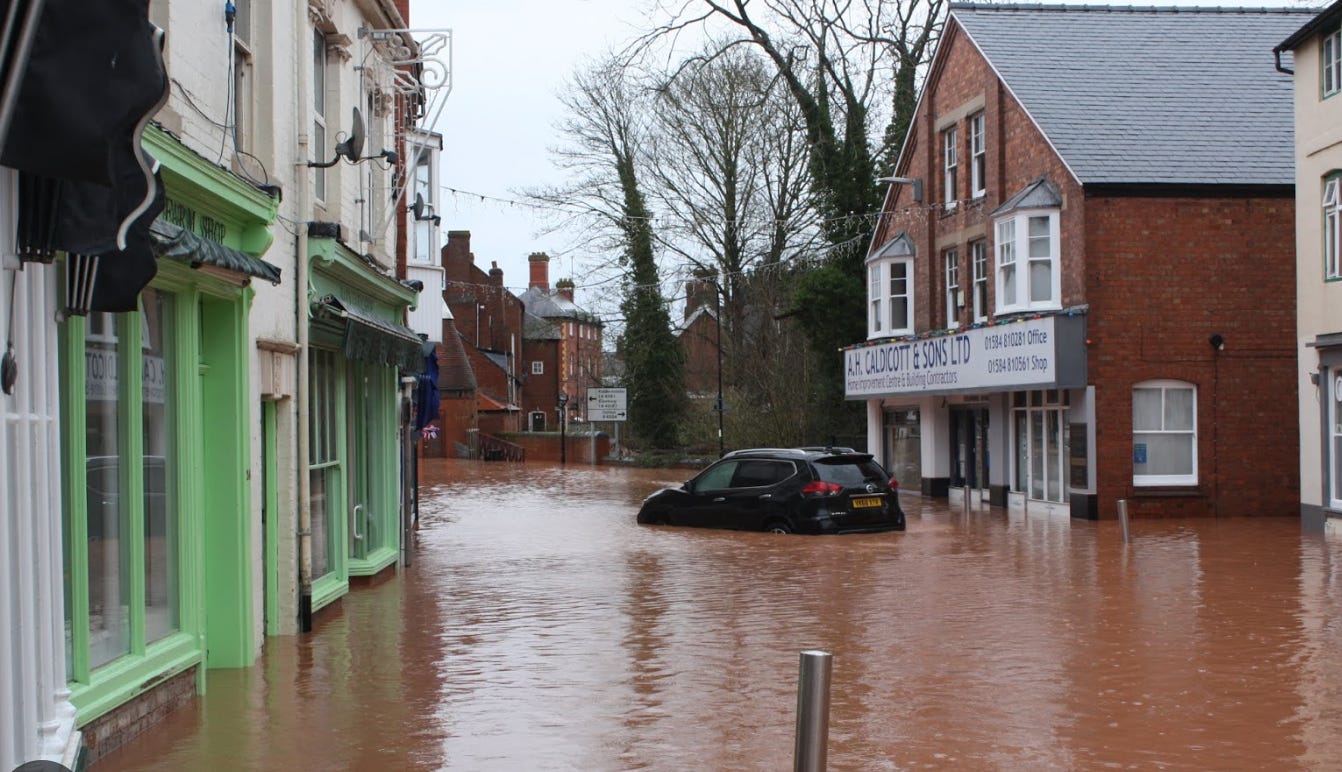Avoiding the Road to Ruin
Like many counties, Worcestershire face critical decisions regarding their home ground
‘Defence’ was the topic on all our lips at Worcestershire player Joe Leach’s benefit dinner at Lord’s last Friday. The main speakers (above) could all be considered significant authorities on the subject. Between them Michael Atherton, Alec Stewart and Sir Alastair Cook played 409 Tests, faced over 64,000 deliveries and scored 28,683 Test runs. When asked (by me) what he thought his primary assets were, Atherton agreed that he had a “pretty good defence” (I’ll testify to that, I certainly couldn’t get him out!) and Cook said his number one priority was “defence.” It was this that distinguished his upbringing, he said, from the new generation of English batters for whom, “defence is not even a secondary consideration but probably third on their list of options.” (Interesting to note, by the way, that the batter with the best current Test stats in the world – Yashasvi Jaiswal, now averaging 58.07 after 15 Tests – made his match defining 161 in the Perth Test off 297 balls at a strike rate of 54.)
For Leach’s county, Worcestershire, however, the word ‘defence’ has different connotations. It refers to measures they need to take to protect their treasured New Road ground from flooding. Following a series of floods last winter they were unable to play at New Road until May 24th – and then managed only one day’s play before rain intervened. Although the new 2025 fixture list schedules Worcestershire’s first three County Championship matches away, they are still due to play Durham at Worcester on April 25th. If the watery scenes this week at Tenbury Wells (below) – a few miles from Worcester – are anything to go by, the prospects are not good.
Speaking to a number of Worcester members at Leach’s benefit dinner, I got the sense that they are loath to move. They would rather the club found the money to reinforce the flood defences. Sentimentality is at work here. It is where they have always watched Worcestershire, it is a special (and beautiful) place. But what’s the use of that, I said, if you can’t actually play there because it’s under six feet of water? How robust would the flood defences need to be, given the experiences in Tenbury (where the water just knocked the wall down?)
Surely an impecunious club like Worcester just doesn’t have the resources to build something strong enough to resist the might of a swollen Severn. The situation is clearly going to get worse and anyway, my distant memory of Geography suggests that the water often comes up from underneath during especially wet periods. And all this expenditure would be for what? A couple of early season county championship matches for the benefit of a handful of spectators who live for the chance to watch cricket against the backdrop of the famous cathedral. Sorry, call me unsentimental if you like, but it doesn’t make any financial sense.
“I’ll bowl with the tide…”
Ok, so here’s an idea. Keep the New Road ground for a few special matches (women’s and men’s double headers?) in mid-summer. Run a rowing boat renting facility from the Graeme Hick pavilion the rest of the year. And meanwhile join forces with the bankrupt Worcester Warriors rugby club and build a new multi-purpose ground out of town, on higher ground.
Multi-use facilities are crucial for the future of professional cricket, and rugby. Clubs cannot afford to maintain these large swathes of real estate for a few matches a year. Headingley is one blueprint. The cricket field on one side of the main stand and the rugby field on the other. The hospitality facilities have a double aspect. There’s something going on there throughout the year. That’s how you achieve sustainability. Look at the main Australian cricket grounds. Dual purpose. Used for cricket in the summer, Aussie Rules in the winter.
It works in Australia of course, because Aussie Rules uses the same playing area as cricket, the surface doesn’t get cut up as badly (as in rugby) and they use drop-in pitches for cricket. Playing rugby at a cricket ground in England has more challenges, including protecting the square and creating a more intimate stadium atmosphere for rugby with the stands close to the touchline. But surely these two great English sports could dovetail and work out a strategy to safeguard each other’s future, rather than continuing a forlorn attempt to stem the oncoming tide? Get your heads together now, guys, before calling in Noah.
PS. I am joining forces on this blog with the former Essex and England all-rounder and Daily Telegraph Cricket Correspondent Derek Pringle, who is going to be letting us in to his private cricket-photo collection. His first piece featuring an amazing shot of his old colleague Graham Gooch will be on this site later this week. Tell your friends! And please also take a look at The Analyst premium site for regular ad-free podcasts, monthly Q and As and special series on classic Test matches.






